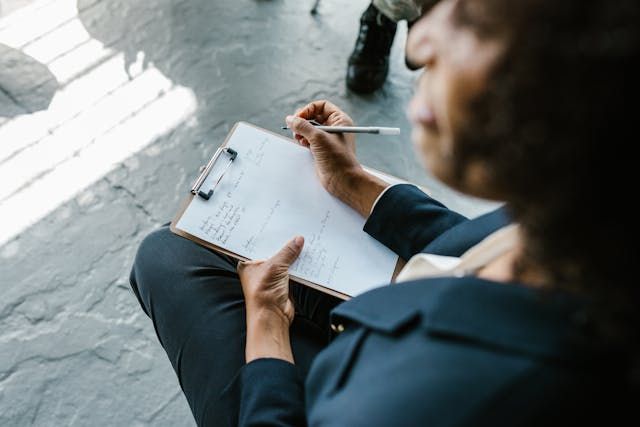
Progressive Muscle Relaxation
Learn about and practice Progressive Muscle Relaxation to reduce muscle tension, reduce stress, and enjoy mental and physical relaxation.
Get carepatron free
Commonly asked questions
Usually, a PMR session takes 15 to 30 minutes to accomplish.
Yes. PMR doesn’t require any special equipment or space. You need a quiet spot where you can lie or sit comfortably.
It depends on the needs of the person. Some people practice it once daily, while others practice it to calm down after going through something distressing.







